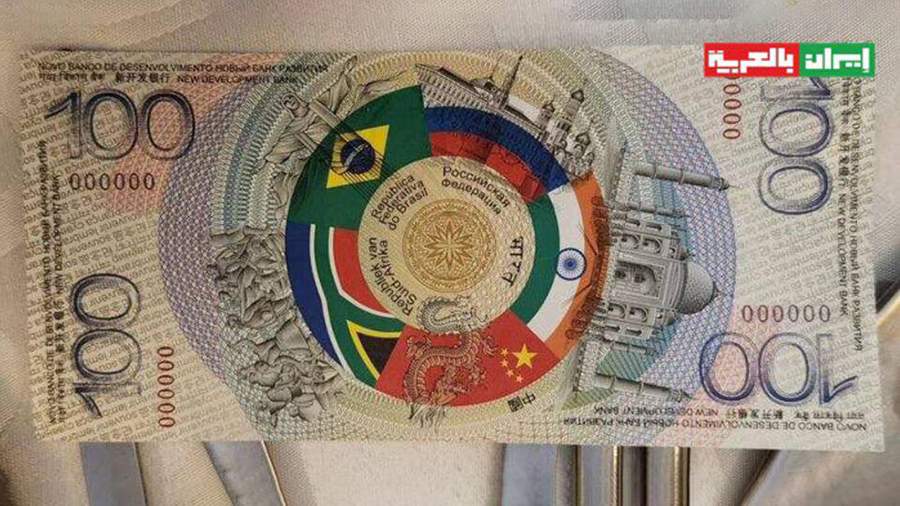
BRICS Caught Up with Goldman Sachs Growth Forecast a Decade Early, Driven by India-China’s 25-yr Streak
By T.N. Ninan
Continuing with last weekend’s quarter-century theme, it is instructive to look back at the long-term forecast that captured the world’s imagination early in the new century.
Famously (some would say infamously), Goldman Sachs forecast that four emerging “BRICS” economies (Brazil, Russia, India, and China) would grow to eventually match and then overtake what at the time were the world’s six biggest economies, namely the US, Japan, Germany, the UK, France, and Italy (the G6).
That forecast has proved right on the broad direction of change, but little else.
At the macro level, Goldman had said that the BRICS economies would grow from less than one-seventh of the G6 economies to become half their size by 2025. Astonishingly, BRICS reached that benchmark a full decade earlier, in 2015. But things have slowed since then.
By 2025, BRICS is likely to be 60 percent of the G6 in combined size. A good part of the catch-up by BRICS was supposed to be achieved through currency appreciation, which has not happened. Yet BRICS as a whole has outperformed, compared to the forecast.
That outperformance was largely due to China’s stellar record, with Brazil and Russia disappointing quite badly. Russia by now was to have overtaken Italy and pulled level with France. As it happens, it is still smaller than both today, as is Brazil.
India is the country that has performed closest to the forecast. Its economy was forecast to more than treble in relative size, from 2.4 percent of the combined G6 economies in the year 2000 to 8.5 percent by 2023. In actual performance, it has reached 8.4 percent.
As is now widely acknowledged, the quarter-century has turned out to be less BRICS and more China-India. Interestingly, India’s growth rate was projected to surpass China’s by 2025 and then pull ahead — a more accurate forecast than many others.
Goldman identified four factors as underpinning the performance of the BRICS economies: Macro-economic stability, openness to the world for trade and investment, strong institutions, and quality education.
Of the four, India has delivered on not just economic but also political stability; improved its openness to the world (with some recent retractions); strengthened its economic institutions while the political ones have eroded somewhat; and improved on higher education while also raising literacy levels — with plenty of room for improvement on both fronts.
Neither Brazil nor Russia can make equivalent claims, while China has moved into a league of its own. India of course remains by far the poorest in the club, but with the greatest long-term potential, as Goldman had argued.
Looking ahead to the second quarter of the century, expect broadly more of the same, with India gaining prominence.
Russia has weathered the immediate impact of sanctions but stands isolated from key markets for its products, and will suffer over the long term from technology denial as well. Brazil has a long history of alternating periods of growth and stagnation. China is approaching maturity and has slowed down, but should continue to grow faster than the global economy. India is likely to remain the fastest-growing of the four.
Source: theprint.in
